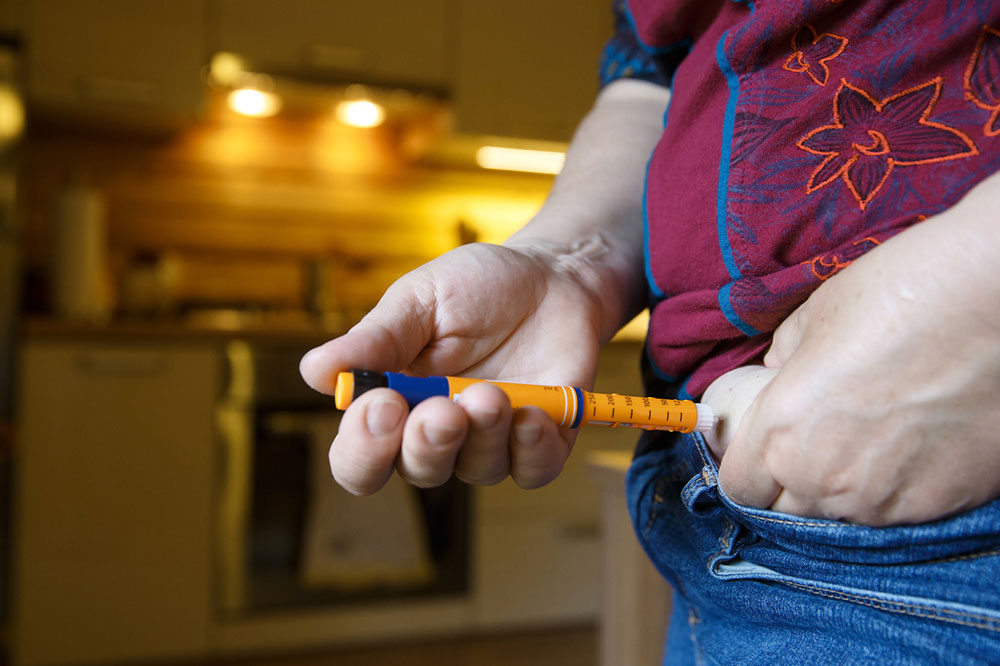4 Different Types of Blood Glucose Tests You Must Know
A blood glucose test helps you to quantify the levels of sugar in your blood. The level of glucose is controlled by a hormone known as insulin which is produced by the pancreas. This hormone helps to convert glucose into energy for the body, thus maintaining the essential balance.
However, a person can develop diabetes (an autoimmune disorder), when their body fails to produce an adequate amount of insulin. If high sugar levels are not controlled, then they can cause elevated stress, cardiovascular diseases, severe vision problems, contraction of capillaries and high susceptibility to sluggish healing.

Apart from monitoring your blood sugar levels, a blood glucose test can help you make some major changes in the lifestyle. It could assist you in designing an effective diet regime as well help your doctor make timely alterations in your medications. Blood sugar tests are also extremely crucial when one is about to have a major surgery, as they can aid you in gauging the amount of glucose in the body.
Different types of blood glucose tests
Depending on your case, your healthcare professional will recommend you with an accurate form of test. The most common forms of blood glucose tests are fasting, random, oral and hemoglobin A1c, which are further described below.
Fasting blood glucose test – For a fasting blood glucose test, you need to be on an empty stomach until the blood is extracted from the body. This test is generally done early in the morning. Usually, this is one of the first tests which is conducted to confirm diabetes, and prediabetes which is a condition where the blood glucose levels have soared, but they aren’t high enough to cause diabetes. You are not supposed to eat anything at least eight hours before the fasting glucose test is carried out.
The normal blood glucose levels are considered to be under 100mg/dL (100 milligrams of glucose for each deciliter of blood). If the blood glucose test indicates that your sugar levels fall between 100mg/dL and 125mg/dL, then your healthcare provider will recommend you a separate test to be done. This is done to establish whether it is a case of high blood sugar (prediabetes) or diabetes. On the other hand, if your glucose levels are higher than 126mg/dL, your doctor will need another test to confirm the case of diabetes.
Random blood glucose test – Also, known as casual blood glucose test, unlike the fasting glucose exam this type of test can be done during any time of day, regardless of what kind of food you have had. The doctor might recommend numerous quantifications within one day. This kind of test is extremely useful to observe how your body’s glucose level fluctuates in the 24-hour cycle. If your body is functioning well, then it won’t have discernable disparities in the blood glucose level. However, if the doctor observes conspicuous variations in the blood sugar levels, then you might be at risk for diabetes.
Oral glucose test – This type of test is done to scan gestational diabetes, which can occur when a woman is pregnant. Generally, in oral glucose test, the patient has to consume a sugary drink. Their blood levels are measured on two occasions, i.e., before and after the drink is taken. During the first assessment, one is not allowed to eat anything at least eight hours before the test. On the other hand, during the second assessment, after the drinking the glucose drink, blood samples can be extracted within one or two hours.
Hemoglobin A1c test (HbA1c) – The Hemoglobin A1c test is used to diagnose both prediabetes and diabetes in adult individuals. It conveys the average blood sugar levels in the body and reflects on how accurately you are handling your diabetic condition. Specifically, A1c gauges how much of your hemoglobin is bound by glucose. If your Hemoglobin A1c test shows an augmented number, then basically tells that you are at an increased risk for complications associated with diabetes.
If your glycated hemoglobin is below 5.7 percent, then you are not suffering from diabetes. On the other hand, if the percentage is between 5.7 to 6.5 then you have high blood sugar, i.e., prediabetes. Glycated hemoglobin levels which are above 6.5 percent indicate the presence of diabetes. People who already suffer from diabetes should get this test done twice or thrice a year to keep a tab on their blood sugar levels.
Blood glucose tests alone cannot help you. If you want to maintain your body’s vitality levels, then you must religiously follow your doctor’s directions. Apart from this, you must also strive to make certain initiatives and resolutions towards your own lifestyle. This could include eliminating damaging habits like drinking and smoking, and welcoming healthier habits like daily workout sessions and exercising moderation in everyday diet.




